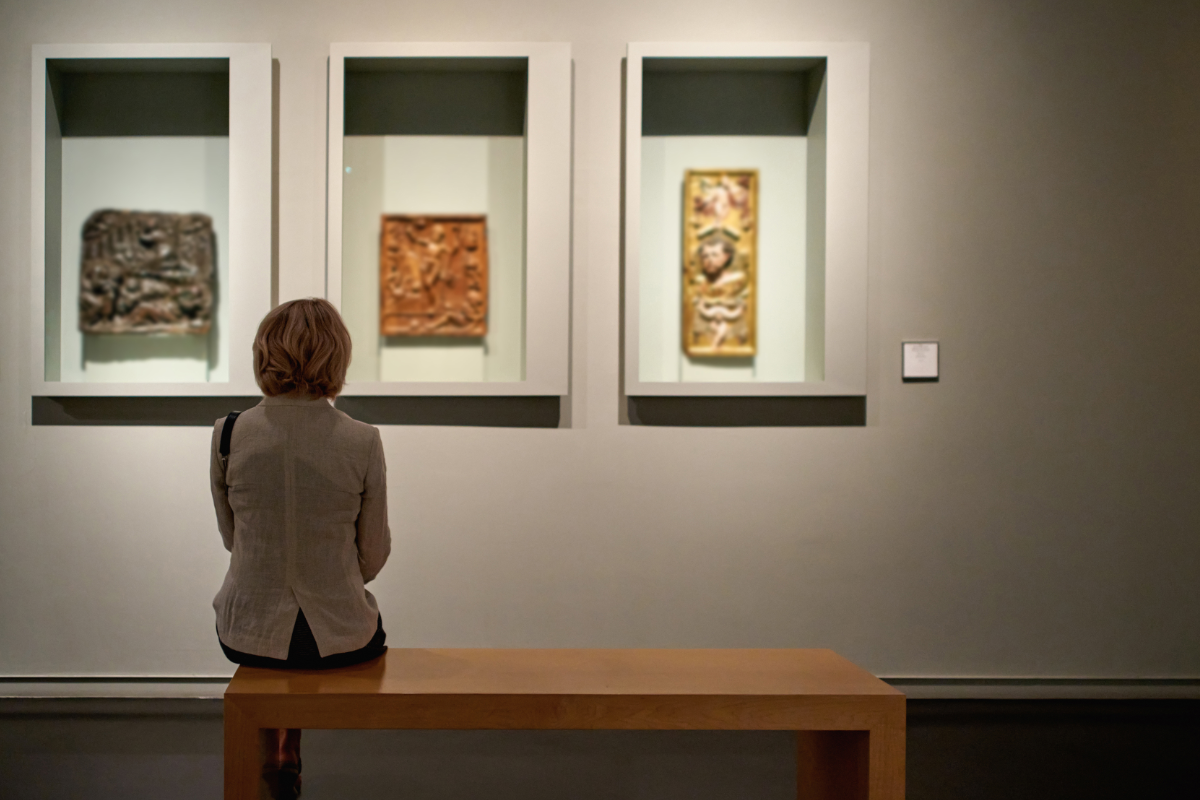
Photo: jenoche via iStock
Review of indemnity scheme for loaning items underway
Review of government scheme may see humidity, temperature and light arrangements for storing cultural items on loan agreed on a case-by-case basis.
Arts Council England (ACE) is leading a review of the Government Indemnity Scheme (GIS) which provides insurance cover to museums, galleries, libraries and other institutions loaning cultural items.
The GIS, which is administered by ACE and underwritten by the government, protects institutions against loss or damage to the loaned object. In 2022/23 the scheme covered £21.9bn worth of cultural objects, saving institutions an estimated £100m in commercial insurance premiums.
The scheme’s guidelines were last updated more than a decade ago. A review of the GIS is now underway after an ACE-commissioned report found the current guidelines are “no longer fit for purpose, especially in light of rising energy costs and the climate crisis”.
READ MORE:
- Temperature limits for storing museum items suspended
- Museum and gallery visits remain 25% down on pre-pandemic
The research, carried out by conservation and preservation agency LFCP, found the existing guidelines can “be difficult to implement in practice, do not recognise the lower risk posed to the majority of objects by relative humidity, temperature and light and were written before the current imperative to address the climate crisis”.
In response, guidance on ACE’s website says its review will “introduce some operational improvements”. This could include humidity levels and storing temperatures being agreed for loaned items on a case-by-case basis, rather than being standard across all items, as well as the permitted use of daylighting being relaxed.
The move would likely lead to the lender determining the conditions for a loaned item, depending on its storage history and the context of the exhibitions and objects, aligning the GIS with common international practice of loaning cultural items.
ACE has also committed to targeting other aspects of the loan cycle with higher carbon emissions such as packing, transport and couriers, by working with “partners already active in this area, to amplify their work, providing GIS applicants with links to information and case studies.”
‘Great deal of misunderstanding’
LFCP’s research found there was “a great deal of misunderstanding around GIS guidelines in the cultural heritage sector”.
Borrowers told researchers the GIS is “not intuitive” and said the process and guidelines are “rigid and inflexible”. The research also noted there was “little knowledge of the guidelines as a whole”.
In some cases, the guidelines were found to be conflated with, or used as, general collections care standards, leading to misperceptions about the requirements of the scheme.
And misunderstandings were found to have been exacerbated by a loss of knowledge in the sector during and in the wake of the pandemic, due to the departure of experienced staff.
In response, LFCP’s research suggests a key part of the GIS review should be making the indemnity process clearer and easier.
ACE has said it will work with organisations and representative bodies to provide examples of flexibility for risk-based conditions in practice, and ensure consistent language and explanations of terminology, by January 2024.
The review could also see ACE become the source for advice and guidance on collections care in the UK. LFCP’s research said this would “provide a consistent voice and a single message on environmental guidance”.
The research also suggested ACE could fund the adaptation and retrofitting of cultural heritage buildings to support collection care.
The funder’s response, published on its website, said it expects to invest over £80m on refubishing and retrofitting museum buildings by 2025 through the Museums, Estates and Development Fund, but adding demand for the programme “was many times what could be funded”.
It also promised to work with DCMS, National Lottery Heritage Fund and Historic England to “advocate for further funding”.
Reducing climate impact
Rachael Browning, Director of Programmes and Policy at Art Fund, said changes could enable more museums and galleries to share art with audiences across the country while reducing their climate impact.
"Through our growing range of support for collaborative initiatives, such as our new Going Places programme and the Weston Loan Programme, Art Fund recognises the value of touring and sharing collections as one of the most sustainable ways of bringing art to new audiences – and we hope this review will make it possible for even more museums to take part," she said.
A spokesperson for ACE said it has been speaking to borrowers and other stakeholders across the UK to inform the review.
"We have made some initial changes already, including clarifying requirements around relative humidity, temperature and light and simplifying the application form to reflect these," they said.
"We will share our complete findings and further actions in due course."
Join the Discussion
You must be logged in to post a comment.